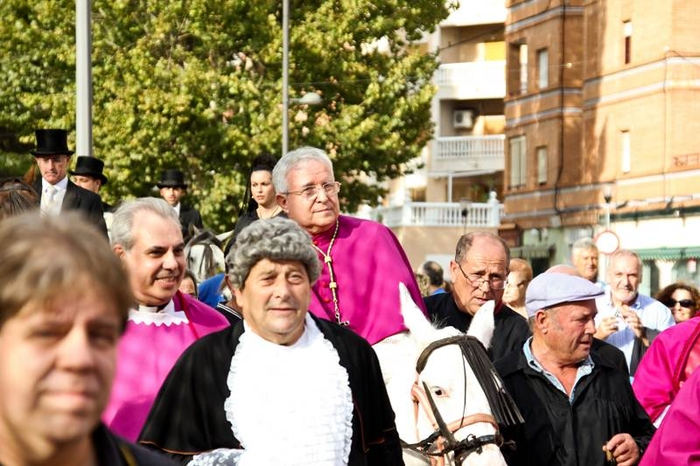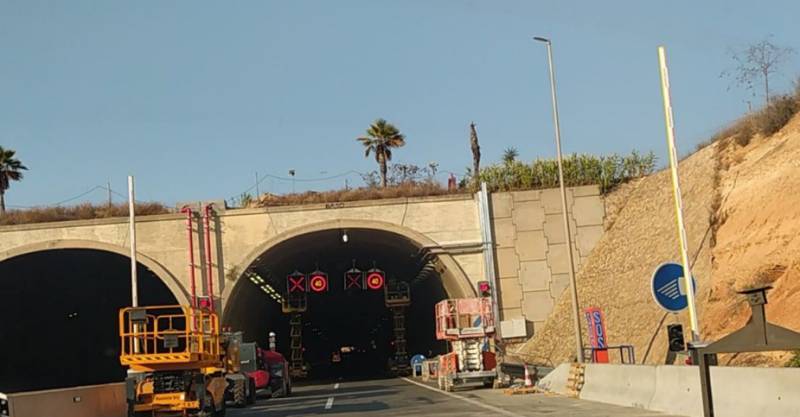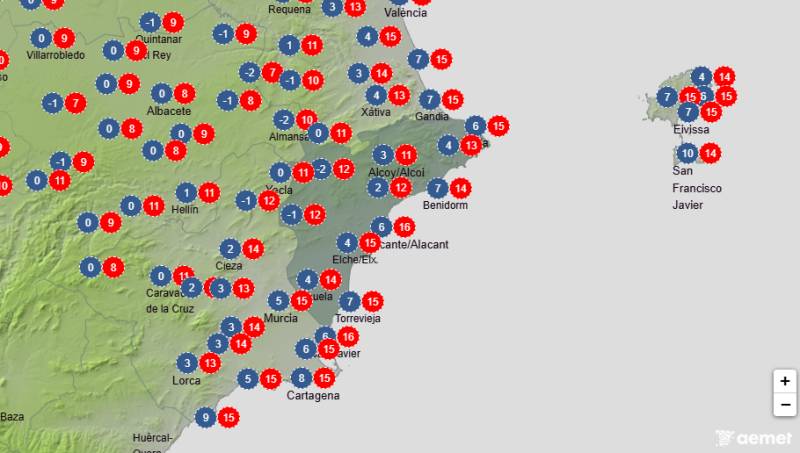- Region
- Vega baja
- Marina Alta
- Marina Baixa
- Alicante
- Baix Vinalopo
- Alto & Mitja Vinalopo
-
ALL TOWNS
- ALICANTE TOWNS
- Albatera
- Alfaz Del Pi
- Alicante City
- Alcoy
- Almoradi
- Benitatxell
- Bigastro
- Benferri
- Benidorm
- Calosa de Segura
- Calpe
- Catral
- Costa Blanca
- Cox
- Daya Vieja
- Denia
- Elche
- Elda
- Granja de Rocamora
- Guardamar del Segura
- Jacarilla
- Los Montesinos
- Orihuela
- Pedreguer
- Pilar de Horadada
- Playa Flamenca
- Quesada
- Rafal
- Redovan
- Rojales
- San Isidro
- Torrevieja
- Comunidad Valenciana
Puerta de la Olma, Orihuela
The predecessor to this gate was built during the period of Moorish rule from 713 to 1243.
 The Puerta de la Olma, also known as the Puerta de Crevillente and the Puerta de Elche, is the easternmost of the gates which dotted the old city wall of Orihuela, which ran from the castle on the mountain all the way down to the river. Felipe V ordered the walls to be torn down in the 18th century, and this is now the only old gate left.
The Puerta de la Olma, also known as the Puerta de Crevillente and the Puerta de Elche, is the easternmost of the gates which dotted the old city wall of Orihuela, which ran from the castle on the mountain all the way down to the river. Felipe V ordered the walls to be torn down in the 18th century, and this is now the only old gate left.
The origin of this gate dates back to the time of Moorish rule in the whole of southern Spain, from 713AD to 1243 AD in this part of Spain, although the Moors held on in Granada until 1492. Originally Orihuela was enclosed inside a protective wall, this being a position of great strategic importance, dominating the flat lands and major road linking Murcia to Alicante and Valencia.
 The original Moorish fortifications were repaired and added to by Felipe II in the 16th century. The upper part is adorned with the city’s coat of arms and the image of San Miguel, protector of Orihuela.
The original Moorish fortifications were repaired and added to by Felipe II in the 16th century. The upper part is adorned with the city’s coat of arms and the image of San Miguel, protector of Orihuela.
The gate is located next to the Colegio Santo Domingo, at the eastern end of the main pedestrian street running through the old centre.
There is a fascinating little story linked to this gate and a tradition dating back to the middle of the 16th century when the Bishopric of Orihuela was first created which is still practised today. Read: The bishop, a glass of lemonade, a dish of rice, the Puerta de la Olma and a white mule.




































